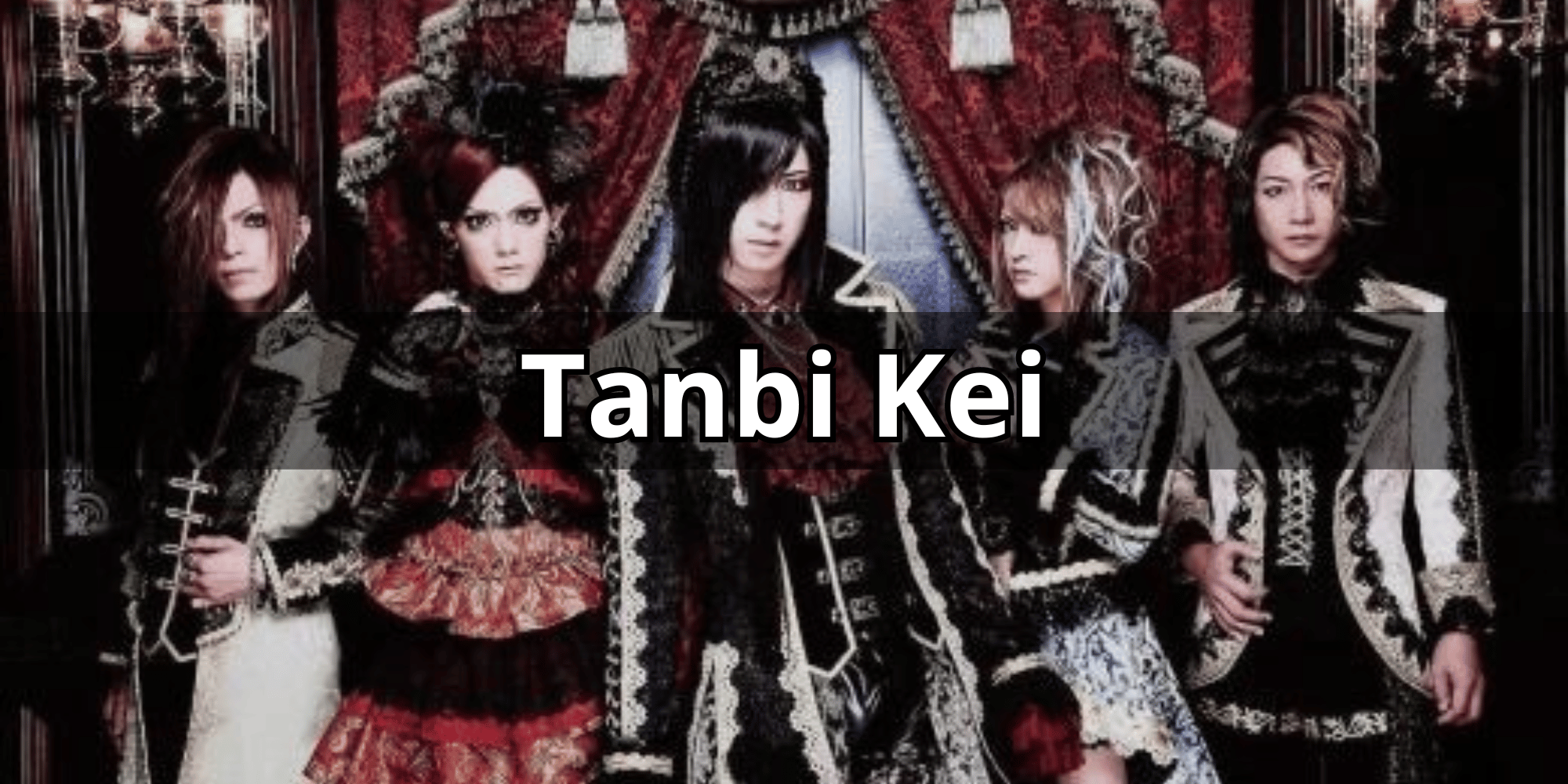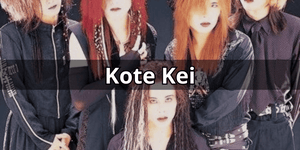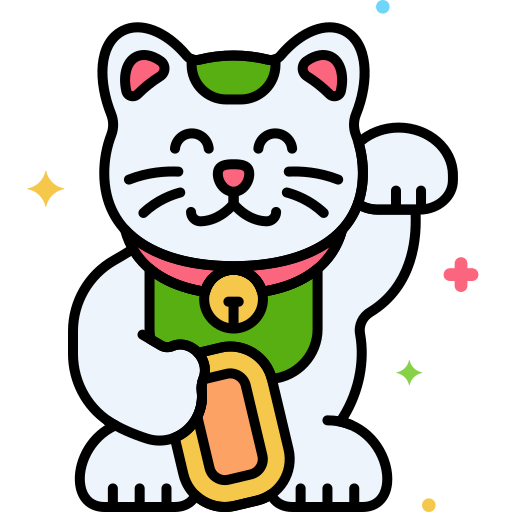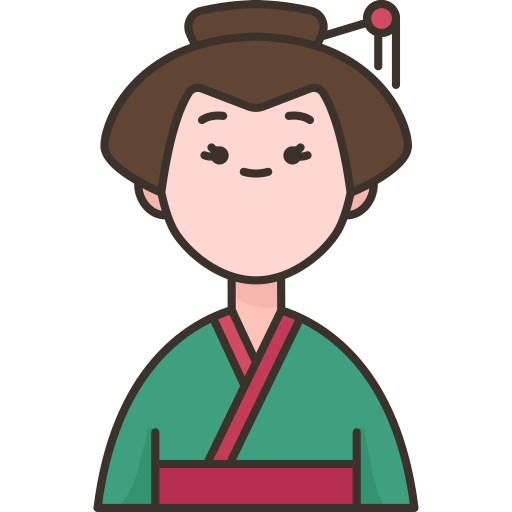1. Inspired by Beauty and Romanticism
Tanbi Kei is defined by its deep connection to beauty and romanticism, with an emphasis on creating an aesthetic that evokes emotional and visual impact. The style is often rooted in the ideals of classical art and literature, where beauty is cherished as something both fleeting and eternal. Clothing within this substyle features flowing silhouettes, delicate fabrics, and intricate details that capture the essence of romanticism. The color palettes typically lean toward soft, muted tones, with occasional rich accents that add a sense of depth and drama. Tanbi Kei fashion serves as an artistic expression of beauty, encouraging wearers to craft a visual narrative that reflects their inner emotions and a poetic view of the world.
2. Roots in Japanese Literature
Tanbi Kei’s origins are closely linked to early 20th-century Japanese literature, where themes of beauty, decadence, and emotional turmoil were prevalent. The literary movement, known as Tanbi (aestheticism), was pioneered by authors like Jun'ichirō Tanizaki and Yukio Mishima, whose works explored the pursuit of beauty and the complex interplay between desire, love, and decay. These philosophical concepts greatly influence Tanbi Kei fashion, where clothing is used as a means of storytelling and self-expression. The style not only celebrates the visual appeal of fashion but also carries a deeper intellectual weight, offering a reflective and contemplative approach to dressing that connects the wearer with the literary tradition from which it stems.
3. Androgyny at the Heart of the Style
Androgyny is a central aspect of Tanbi Kei, blurring the lines between masculine and feminine aesthetics. This substyle emphasizes fluidity, allowing individuals to explore fashion without being confined to traditional gender roles. Clothing often combines tailored, structured pieces with flowing, delicate fabrics, creating a balance that feels both powerful and graceful. The androgynous nature of Tanbi Kei invites experimentation, encouraging wearers to mix and match elements from different gendered wardrobes to create a unique expression of self. This fluidity not only challenges societal norms but also enhances the romantic and mysterious qualities of the style, making it a key feature that defines Tanbi Kei as a form of artful, personal expression.
4. Theatrical and Refined Makeup
Makeup in Tanbi Kei is as much about drama as it is about refinement, often taking on a highly theatrical quality. The focus is on creating a polished, elegant look that enhances the overall aesthetic while adding a sense of intrigue and emotion. Pale complexions, dramatic eye makeup, and deep, bold lip colors are common features, giving the wearer an ethereal and otherworldly appearance. The makeup often complements the androgynous nature of the style, with subtle yet striking touches that bring out the wearer’s features without overpowering them. This refined approach to makeup is crucial in completing the Tanbi Kei look, adding an additional layer of sophistication and artistry to the overall ensemble.
5. The Influence of Literary Characters
Tanbi Kei fashion often draws inspiration from iconic literary characters, especially those who embody beauty, tragedy, and emotional complexity. Figures from both Japanese and Western literature, like Oscar Wilde’s Dorian Gray or characters from Yukio Mishima’s novels, serve as muses for this style. These characters typically represent a blend of elegance, melancholy, and decadence, traits that are reflected in the fashion choices of Tanbi Kei enthusiasts. The clothing, makeup, and accessories are often carefully selected to mirror the emotional depth and romanticism of these literary figures. This link between fashion and literature allows individuals to step into the role of these complex characters, turning their outfits into a form of narrative expression that goes beyond mere appearance.
6. European Inspiration Through the Ages
European fashion from various historical periods plays a significant role in shaping Tanbi Kei’s aesthetic. Styles from the Rococo, Victorian, and Baroque eras, with their opulent fabrics, intricate details, and aristocratic elegance, are key influences. Elements like lace, velvet, and corsetry are commonly seen, echoing the grandeur of European nobility. Accessories such as pearls, brooches, and parasols are also incorporated to enhance the look’s sophisticated appeal. The influence of European art, literature, and architecture adds a rich, historical layer to Tanbi Kei, blending Western and Japanese aesthetics into a unique fusion of old-world charm and modern romanticism. This cross-cultural inspiration creates a timeless and elegant style that transcends fashion trends.
7. A World of Detailed Accessories
Accessories are an integral part of Tanbi Kei, adding depth and intricacy to each outfit. The attention to detail is paramount, with pieces like lace gloves, delicate brooches, ornate necklaces, and intricately designed rings playing essential roles in completing the overall look. Hair accessories, such as antique-inspired hairpins or floral headpieces, are also common, enhancing the romantic and elegant vibe of the style. Every accessory is chosen to evoke a sense of sophistication and artistic expression, often drawing from vintage and historical designs. These elements aren’t merely decorative but serve to elevate the wearer’s aesthetic, bringing a polished, refined touch that enhances the emotional and artistic qualities of Tanbi Kei fashion.
8. An Ode to Decadence
Tanbi Kei is a celebration of decadence, embracing the luxurious and the ornate with an appreciation for beauty in its most excessive forms. The style finds beauty in opulence, whether through elaborate fabrics like silk and velvet or intricate patterns and lavish designs. However, the decadence in Tanbi Kei isn’t solely about material richness; it’s about an emotional connection to beauty and the fleeting nature of life. There’s a melancholic edge to this excess, drawing inspiration from romantic ideals of love, loss, and impermanence. The combination of dramatic clothing, intricate accessories, and refined makeup makes Tanbi Kei an artistic ode to a world where beauty and sorrow coexist, capturing the essence of both luxury and emotional depth.











